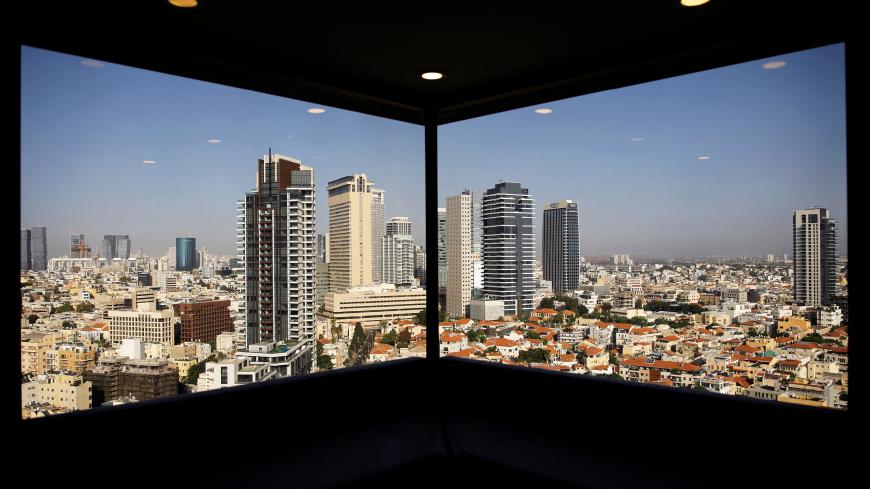Architects Guy Miloslavsky and Amnon Swartz have been laboring over the past year on plans for the tallest building in Israel. The 100-floor multifunctional Bein Arim Tower would be located on the adjacent borders of the Tel Aviv-Givatayim-Ramat Gan cities, in the company of many other — though somewhat shorter — buildings. In the past decade this entire area in central Israel has become a real skyscraper hub. More generally, close to 800 buildings across Israel contain 20 floors or more.
In the 1960s and 1970s, everyone in Tel Aviv knew exactly where the Shalom Meir Tower was located. It was the only skyscraper in town, or even in Israel. The 31-floor building served as an urban monument in the cognitive map of the city’s residents. Whatever laid south of the tower was considered Tel Aviv outskirts; whatever laid north of it was already uptown. In stark contrast to the Shalom Meir Tower, Bauhaus-style architectural gems dominated Tel Aviv’s older neighborhoods. These were four- or five-story buildings characterized by elegant horizontal lines, with narrow balconies running along each floor. Tel Aviv’s skyline was low and continuous, except the Shalom Meir Tower.



